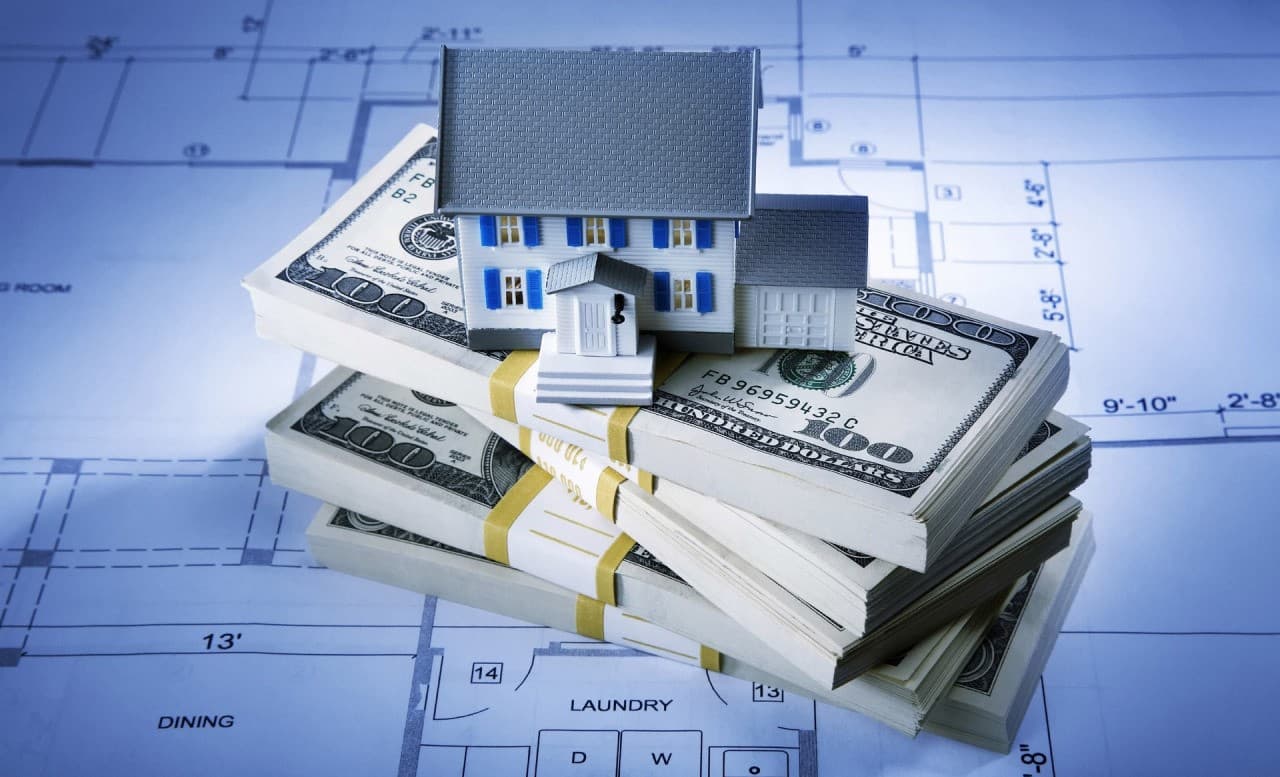Real estate investment has long been a reliable approach for accumulating and safeguarding wealth, providing both stability and opportunities for growth. However, it also involves notable risks, such as market volatility, unforeseen maintenance expenses, and legal obstacles. To safeguard your investments and secure consistent returns, it’s essential to choose properties with care and implement a strong risk management plan. This article will offer guidance on how to protect your investments and reduce potential risks.
Understanding the real estate market
Conducting a comprehensive market analysis is crucial before diving into real estate investment. Gaining insight into current trends, the broader economic environment, and future projections can significantly impact your returns and help prevent costly mistakes. For example, identifying up-and-coming neighborhoods or cities with growth potential allows you to target high-return opportunities. It’s also vital to factor in macroeconomic elements like interest rates, inflation, and political stability. Equally important is understanding the cyclical nature of the real estate market, with its phases of growth and decline, to avoid buying at a peak and facing asset depreciation. By carefully considering these aspects, you can make well-informed choices that reduce risk.
Diversification of investments to minimize risks
Diversification stands as one of the most potent strategies for mitigating risk in real estate investment. By allocating capital across various property types and geographic regions, you diminish the impact of potential setbacks in any single market segment on your overall portfolio. This approach insulates you from localized downturns or sector-specific volatility. Key considerations for effective diversification include:
- Property Types: Rather than concentrating your capital in a single asset class, such as residential properties, consider branching into diverse real estate sectors like commercial buildings, industrial warehouses, office spaces, or hotel complexes. Each property type offers distinct characteristics, return profiles, and associated risks, contributing to a more balanced and resilient portfolio.
- Geographic Diversification: Focusing investments on a single region or city exposes you to localized economic shifts, such as demand drops or price declines. By spreading your investments across multiple cities or even countries, you mitigate this risk, capitalizing on varying economic climates and reducing the impact of regional downturns.
- Market Segments: Recognizing that distinct segments of the real estate market can behave independently is crucial. For instance, residential demand may be driven by demographic shifts, whereas commercial properties are more sensitive to economic conditions and office space requirements. By diversifying across various market segments, you shield your portfolio from the volatility inherent in any single sector.
- Liquidity risks: Some types of real estate, such as land or properties in less developed areas, may have lower liquidity. Balancing the allocation of funds between highly liquid and less liquid properties can help reduce overall risks.

Thorough inspection of real estate
Prior to acquiring a property, it is essential to conduct a comprehensive review of both its legal standing and technical condition. This due diligence ensures the avoidance of unexpected expenses and potential legal complications down the line.
1. legal clarity
- Title: Verify that the seller is the legal owner and has the right to sell the property.
- Taxes and Debts: Check for unpaid taxes, utilities, or other debts that may transfer to the new owner.
- Liens: Make sure there are no encumbrances on the property, such as mortgages or liens.
- Building permits: For properties that have been remodeled, check for all necessary permits and approvals.
2. technical condition
- Structure: Assess the condition of the foundation, walls, and roof. Cracks and damage may indicate structural problems with the building.
- Utilities: Check water, electrical, sewer and heating systems. Outdated or damaged systems may require significant repair costs.
- Hidden defects: It is important to check for mold, rot, and other hidden damage that could become a serious problem.
3. Market Value Appraisal
It is important to have an independent appraisal of the value of the property to ensure that the price is in line with the real market value. This will help you avoid overpaying and confirm that you are not buying the property at an inflated price.
Rental and income management
Efficient rent and income management are key to achieving success in real estate investments. To ensure consistent cash flow, it’s essential to thoroughly vet tenants by checking their credit history and contacting previous landlords for references. Locking in long-term leases with clear, well-structured terms can help reduce income fluctuations and protect the property from market changes. Regular maintenance, such as addressing plumbing issues, electrical systems, and communal areas, keeps the property in excellent condition, boosting its attractiveness to tenants and lowering the risk of unexpected costs.
In addition, maximizing returns requires effective tax management by utilizing available incentives and seeking guidance from tax experts. In a dynamic market, staying flexible is key, adjusting rental prices in line with changes in demand and market trends. A well-thought-out rental management strategy not only ensures consistent income but also reduces risks, protecting the long-term profitability of your investment.
Continuous monitoring and insurance
Ongoing monitoring of property values and emerging risks is a crucial component of a robust investment protection strategy. Market dynamics, coupled with external influences such as legislative changes, economic fluctuations, or natural disasters, can substantially impact real estate values. By consistently assessing market conditions and analyzing prevailing trends, you can respond proactively to shifts, ensuring well-informed decisions and minimizing potential losses.
1. Monitoring the value of your properties
Monitoring fluctuations in the market value of your properties is essential to staying prepared for potential price shifts. This proactive approach enables you to:
- Evaluate when it is appropriate to sell or refinance a property.
- Understand how changes in the economy or rental demand affect profitability.
Monitoring should encompass both overarching trends in the real estate market as well as localized shifts within your specific area or targeted markets. This dual focus ensures a comprehensive understanding of broader dynamics and immediate factors affecting your investments.
2. Property Insurance
Property insurance serves as a critical safeguard against unforeseen losses, including those caused by natural disasters, fire, vandalism, or other forms of damage. It provides a safety net by helping to:
- Protect against major financial losses in the event of destruction or damage to the property.
- Provide coverage for lawsuits or damage caused by tenants.
- Provide assurance that your property will be restored in the event of unforeseen events.
Consistently reviewing your insurance terms and updating your policy as necessary ensures that coverage remains robust, thereby minimizing potential financial risks and maintaining optimal protection.
Continuous monitoring and proper insurance can not only reduce the likelihood of loss, but also increase confidence that your investment is protected from unpredictable events.
